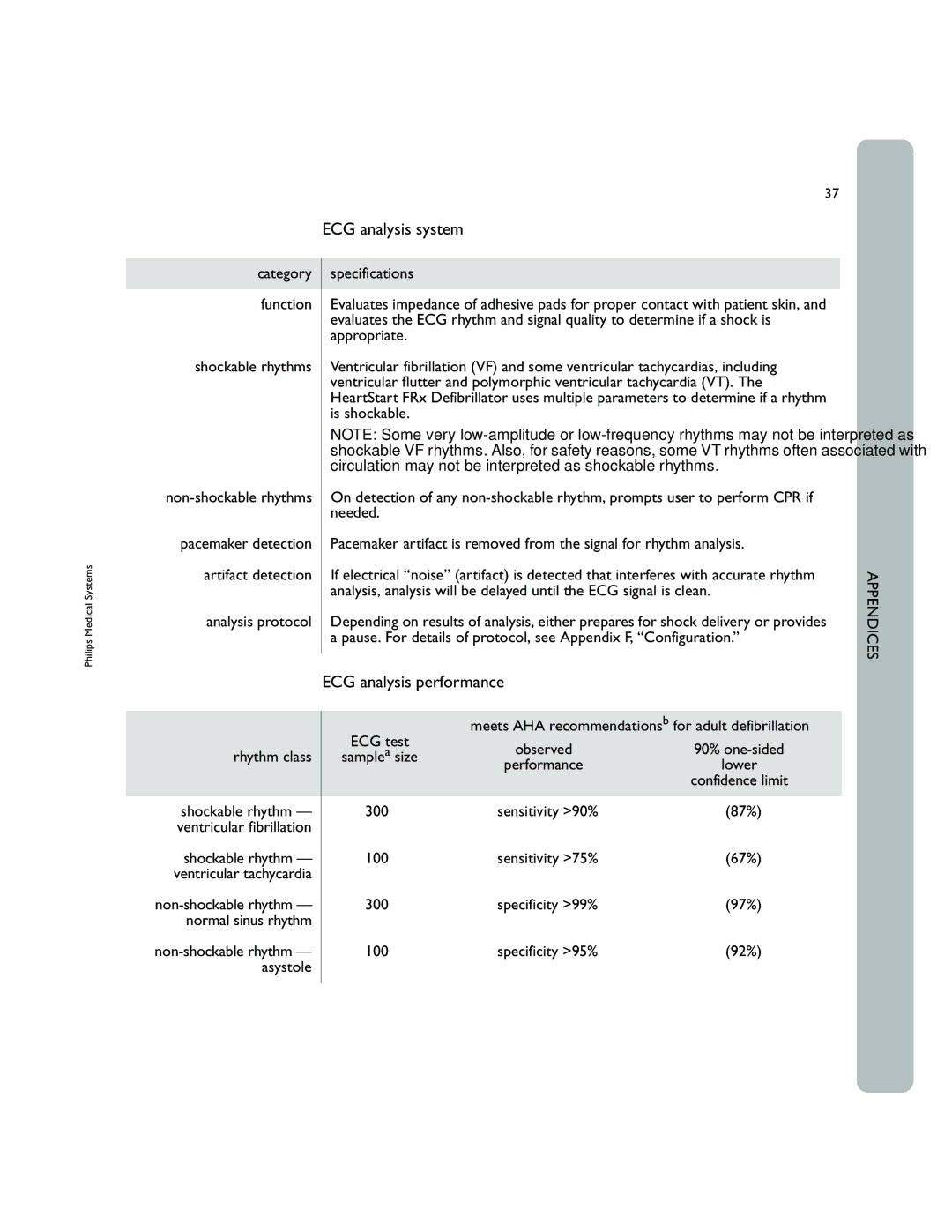861304 specifications
The Philips 861304 is a versatile and advanced home appliance that blends functionality with sleek design, making it an ideal choice for modern households. This innovative product is particularly known for its impressive performance in the realm of kitchen technology.One of the standout features of the Philips 861304 is its state-of-the-art cooking capabilities. Equipped with an advanced heating system, the appliance ensures even and precise cooking temperatures. The user can enjoy a variety of cooking modes, including steaming, baking, and grilling, which allow for diverse culinary experiments. This versatility is complemented by a robust set of presets that simplify meal preparation, making it accessible for even novice cooks.
In terms of technology, the Philips 861304 utilizes innovative Rapid Air Technology that circulates hot air around the food. This not only ensures even cooking but also enhances the flavor while reducing the need for excess oil, making meals healthier. The appliance also features an intuitive touch-screen interface, allowing users to select their desired cooking settings with ease. This user-friendly design is critical for those who are busy but still want to enjoy home-cooked meals without the stress of complicated controls.
Another key characteristic of the Philips 861304 is its commitment to safety. The appliance is equipped with multiple safety features, including an automatic shut-off function and cool-touch handles, ensuring peace of mind during operation. Its compact design makes it suitable for kitchens of all sizes, allowing users to enjoy high-end cooking technology without sacrificing counter space.
The Philips 861304 is also designed with cleanliness in mind. The non-stick surface ensures easy food release and simplifies the cleaning process. Many components are dishwasher-safe, further streamlining maintenance and promoting a hygienic cooking environment.
In summary, the Philips 861304 stands out in the crowded market of kitchen appliances due to its advanced heating technology, user-friendly interface, and commitment to safety and cleanliness. Its combination of versatility and performance makes it a valuable addition to any culinary space, empowering users to effortlessly create delicious and healthy meals.

